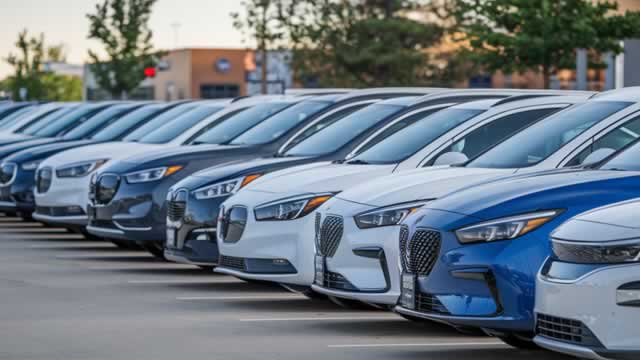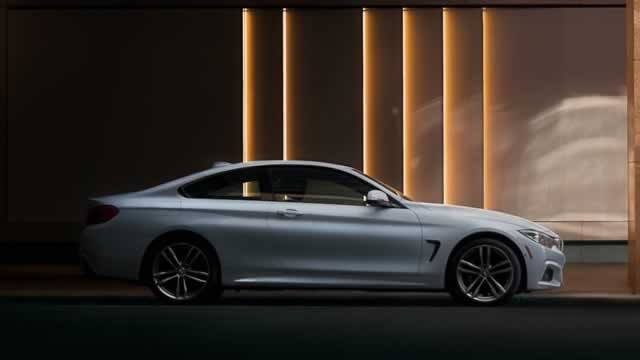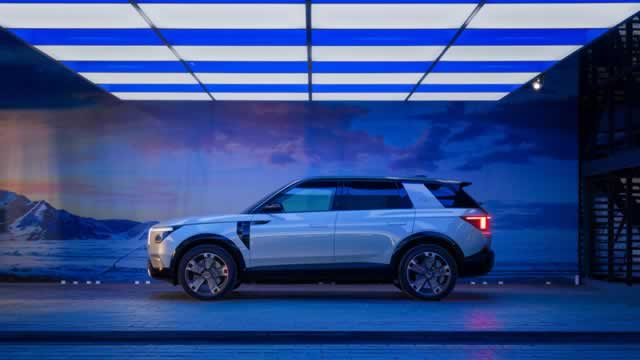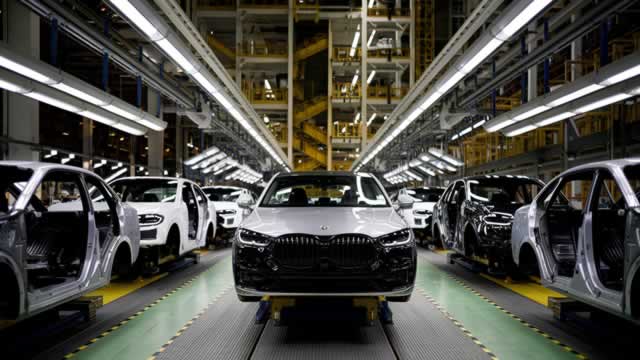LI Stock Recent News
LI LATEST HEADLINES
BYD stands out as the best investment due to its scale, profitability, integrated supply chain, and strong growth outpacing the broader EV market. XPeng's explosive delivery growth highlights strong consumer appeal, but lack of profitability makes it vulnerable in the ongoing price war. Xiaomi's rapid entry and scale in EVs, backed by its profitable electronics business, make it a compelling growth story if execution remains strong.
The recommendations of Wall Street analysts are often relied on by investors when deciding whether to buy, sell, or hold a stock. Media reports about these brokerage-firm-employed (or sell-side) analysts changing their ratings often affect a stock's price.
BEIJING, China, July 01, 2025 (GLOBE NEWSWIRE) -- Li Auto Inc. (“Li Auto” or the “Company”) (Nasdaq: LI; HKEX: 2015), a leader in China's new energy vehicle market, today announced that it delivered 36,279 vehicles in June 2025. This brought the Company's second-quarter deliveries to 111,074. As of June 30, 2025, Li Auto's cumulative deliveries reached 1,337,810.
Whether it's because you want to look at guaranteed income from your investments or you want to diversify your portfolio, dividends are becoming more of the norm for investors.
BEIJING, China, June 27, 2025 (GLOBE NEWSWIRE) -- Li Auto Inc. (“Li Auto” or the “Company”) (Nasdaq: LI; HKEX: 2015), a leader in China's new energy vehicle market, today updated its delivery outlook for the second quarter of 2025. The Company now expects to deliver approximately 108,000 vehicles in the second quarter of 2025, compared to its previously issued delivery outlook of between 123,000 and 128,000 vehicles. The adjustment reflects the temporary impact of the Company's sales system upgrade to support its long-term growth. The Company is confident in completing its organizational upgrade before the launch of Li i8, enabling it to effectively embrace the new product cycle with strengthened organizational capabilities.
If you're looking to tap into the future of electric and autonomous mobility, keep an eye on stocks like LAZR, RIVN and LI.
LI submits its new five-seat electric SUV i6 for regulatory approval in China ahead of a planned September launch.
Two China-based electric vehicle (EV) names are in the spotlight today following their May delivery numbers.
Welcome to the Green Stock News brief for Monday June 2nd. Here are today's top headlines: Li Auto (NASDAQ: LI) delivered 40,000 vehicles in May, a 16% increase year-over-year, bringing its total cumulative deliveries to over 1.3 million.
BEIJING, China, June 01, 2025 (GLOBE NEWSWIRE) -- Li Auto Inc. (“Li Auto” or the “Company”) (Nasdaq: LI; HKEX: 2015), a leader in China's new energy vehicle market, today announced that it delivered 40,856 vehicles in May 2025, representing a year-over-year increase of 16.7%. As of May 31, 2025, Li Auto's cumulative deliveries reached 1,301,531.









